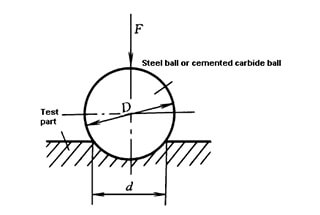
Have you ever wondered what makes the stainless steel mirror 8K so special? This article explores the meticulous polishing process that transforms stainless steel into a high-gloss, reflective surface used in luxurious decorations and practical applications. Discover the significance of the “8K” rating, how it compares to other grades, and what it means for brightness and surface quality. Unveil the secrets behind this sought-after finish and its diverse uses in modern architecture and design.

The stainless steel mirror sheet is created by using professional polishing equipment on a stainless steel plate. It is a popular choice for various high-end products and decorative materials.
It is important to note that there are various grades of stainless steel mirrors available in the market.
Related reading: Stainless Steel Grades

What does 8K mean and what do other grades represent?
Stainless steel mirror sheet is used to polish the initial surface of stainless steel plates, such as 2B or No.1, into a mirror surface (scientifically referred to as 8K mirror or No.8). This mirror surface is used for luxurious decoration in hotels, shopping malls, clubs, bars, KTVs, display cabinets, and more. It can also be used to decorate hall wallboards, ceilings, elevator sheets, trunk boards, signs, and other surfaces.
Polishing the surface of stainless steel materials results in a bright and clear finish.
The mirror stainless steel surface can be classified into different grades, such as 6k and 8k, depending on the level of polishing. Higher grades indicate greater brightness and fewer surface defects.
The mirror stainless steel plate is usually called “mirror” only when its surface roughness value Ra ≤ 0.05um and surface finish is greater than 10.
The 8K mirror stainless steel plate serves as the base plate for processing subsequent color plates or etched plates and finds its primary use in various decoration or metal optical products.
The term 8K refers to the level of corrosion resistance of stainless steel white steel, which depends on its alloy composition, including elements such as inscription, nickel, titanium, silicon, manganese, among others.
The “8” in 8K represents the proportion of alloy components, specifically in 304 stainless steel, referring to the content of these elements.
Moreover, the “K” denotes the grade of reflectivity after polishing.
8K mirror surface is the mirror surface grade reflected by chrome nickel alloy steel.
Mirror stainless steel is available in various levels of fineness, including 6K, 10K, 12K, and more, to meet the different requirements of customers. The higher the level of “definition,” the greater the fineness of the mirror.
6K refers to a mirror sheet with rough grinding and polishing, which is less effective than a higher level mirror.
10K refers to a mirror sheet that has undergone fine grinding and polishing, which is comparable to ordinary mirrors.
12K refers to an ultra-fine grinding and polishing mirror sheet that can be used for optical purposes.
However, there is no standardized definition for mirror sheets of any steel type at any level.
The better the mirror effect, the higher the brightness, reflectivity, and fewer surface defects such as white spots, pinholes, and silk lines.








